The New York African Free School
Preparing young #black students for freedom was a complicated task when the New York African Free School was first created in 1787, a time when many #African American residents of the city were slaves. Creating and attending an institution dedicated to providing tools of empowerment to young black people was a daring proposition. The task of educating black students for something other than #slavery in New York City did not grow any less complicated as the state moved towards abolishing slavery within the state by 1827. Quite simply, no one was sure what citizenship would look like for African Americans, and no one was sure of what path black New Yorkers would—or should—take to get there. Although slavery had been on the wane for decades before official manumission in 1827, removing slavery from the equation substantially shifted social boundaries in a city that was in the midst of tremendous growth and upheaval. New York in the early nineteenth century was awash in social changes, and delineations of class, race, and citizenship were in continual flux. It was a time of tremendous potential, and, for those wary of losing their own hold on power, a time of great anxiety.
The New York African Free School was created by the New York Manumission Society, a group dedicated to advocating for African Americans. The school’s explicit mission was to educate black children to take their place as equals to white American citizens. It began as a single-room schoolhouse with about forty students, the majority of whom were the children of slaves, and by the time it was absorbed into the New York City public school system in 1835, it had educated thousands of children, a number of whom went on to become well known in the United States and Europe. The New-York Historical Society’s New York African Free School Collection preserves a rich selection of student work and community commentary about the school. This site showcases pages from Volume IV of the collection, Penmanship and Drawing Studies, 1816–26, and tells the story of the school and of African American New York in the late eighteenth and early nineteenth centuries.
article found @https://www.nyhistory.org/web/africanfreeschool/history/

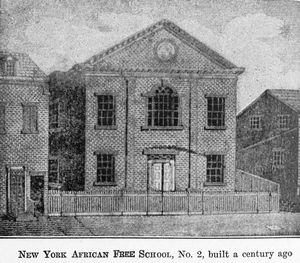




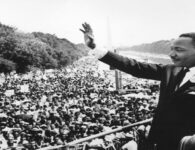
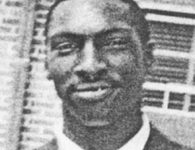

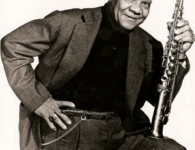
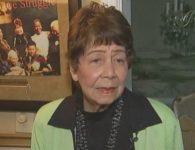

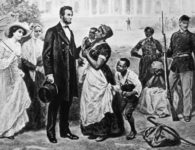
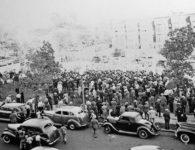
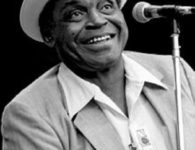
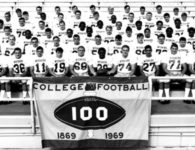
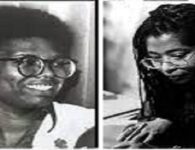

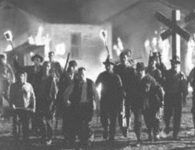


No comments